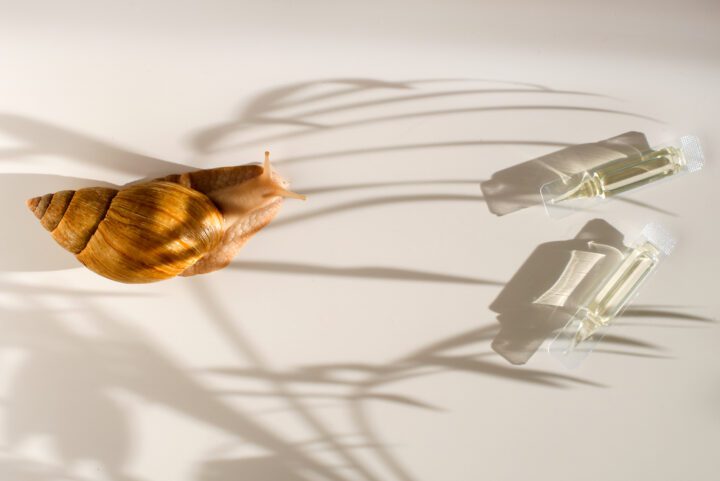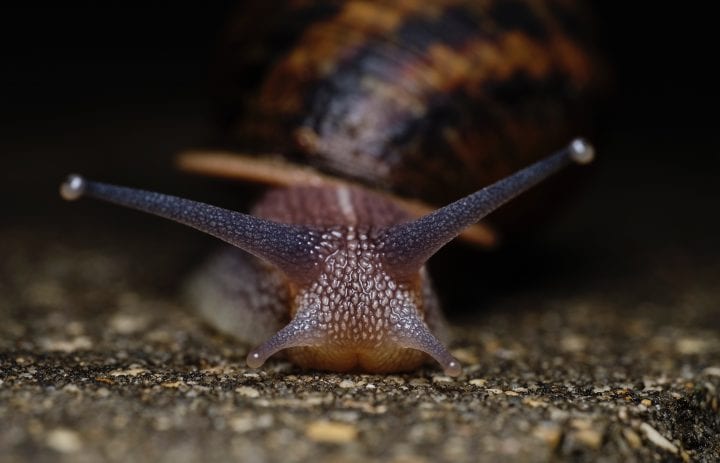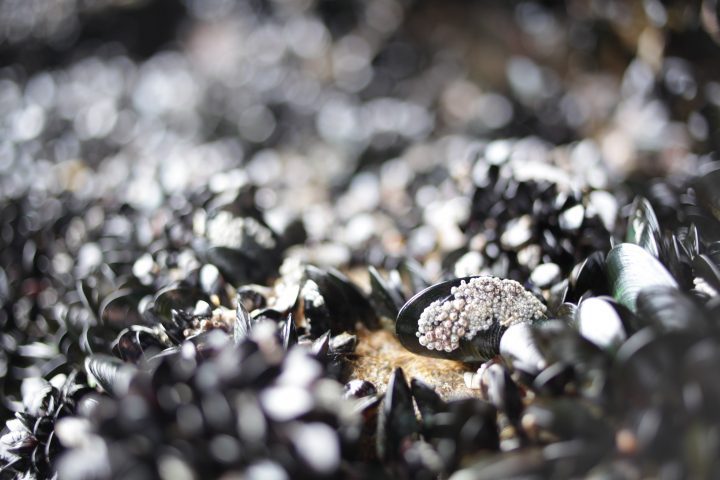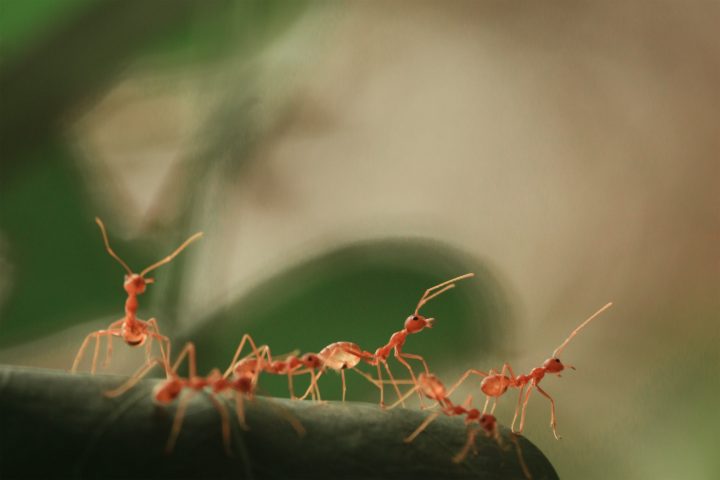Soft Robot from North Carolina State University has a 'bistable' spine that enables it to gallop on land.
Benefits
- Increased speed
- Increased efficiency
Applications
- Search and rescue
- Manufacturing
UN Sustainable Development Goals Addressed
-

Goal 3: Good Health & Wellbeing
-

Goal 9: Industry Innovation & Infrastructure
The Challenge
For rescue missions, speed is essential. Using robots can help reduce the risk to humans and allows food and medical supplies to arrive much more quickly. Typical soft robots use a crawling mechanism to move on land. This means that the robot must remain in contact with the ground at all times, limiting its maximum speed.
Innovation Details
These new soft, silicone robots are known as “Leveraging Elastic instabilities for Amplified Performance” (LEAP) robots, and are approximately 7 centimeters long and weigh about 45 grams. They were inspired by the spine biomechanics of cheetahs, which are the fastest animals on land. Each robot has a spring-powered, ‘bistable’ spine, allowing it to switch between two stable states by quickly pumping air into channels that line the robot. The switching releases a significant amount of energy, which allows the robot to exert enough force to lift its ‘feet’ up from off the ground. This allows the robot to gallop across a surface much more quickly, up to 2.7 body lengths per second compared to 0.8 body lengths per second of traditional soft robots. The feet of the LEAP robots can also be replaced with fins, allowing them to swim through water at a rate of 0.78 body lengths per second, compared to 0.7 body lengths per second for the previous fastest swimming soft robot.
Biological Model
Cheetahs are the fastest creatures on land, capable of going from 0-60 mph in under 3 seconds. They derive their speed and power from the flexing of their spines, which allows their hind and front legs to overlap with one another underneath the cheetah’s body. The spine then recoils like a spring, propelling the cheetah’s legs back out and allowing it to reach strides of up to 25 feet.





